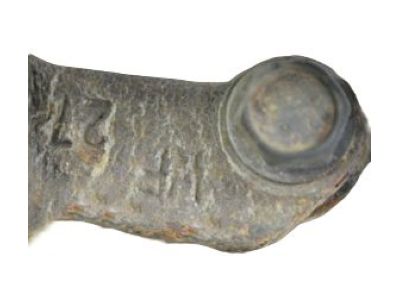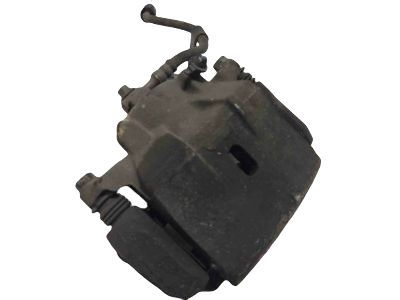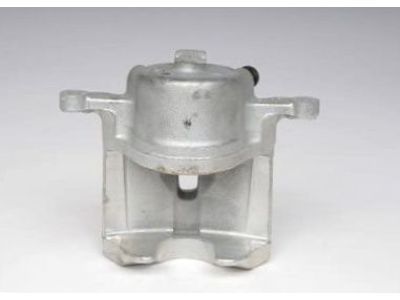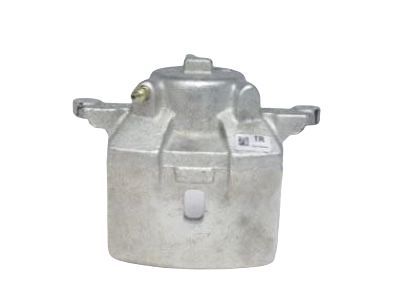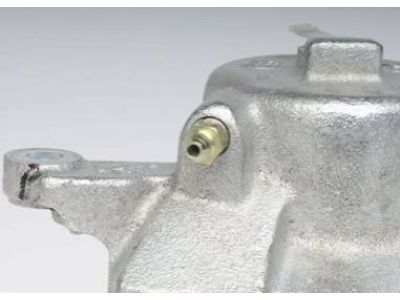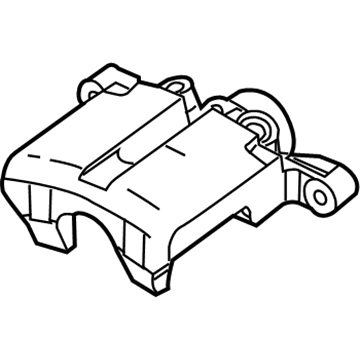
My Garage
My Account
Cart
Genuine Pontiac G6 Brake Calipers
Caliper- Select Vehicle by Model
- Select Vehicle by VIN
Select Vehicle by Model
orMake
Model
Year
Select Vehicle by VIN
For the most accurate results, select vehicle by your VIN (Vehicle Identification Number).
4 Brake Calipers found
Pontiac G6 CALIPER ASM,RR BRK
Part Number: 19368941$148.75 MSRP: $280.67You Save: $131.92 (47%)Ships in 1-2 Business Days
Pontiac G6 Brake Calipers
While the Brake Calipers in Pontiac G6 cars is important in that it converts hydraulic pressure which is sourced from the master cylinder into mechanical force. This force is very crucial in applying pressure on the brake pads that rub against the rotors to slow down or even bring the vehicle to a stand still. Pontiac G6 models utilize two primary types of Brake Caliperss: It only divides the currency rate into two main categories namely the fixed and the floating rate. Fixed calipers have a number of pistons either side of the rotor and apply a steady pressure through the brake hydraulic circuit while floating have a number of pistons on one side and slide into position the apply pressure which results in problems such as uneven pad wear if not serviced. Numerous Pontiac G6 Brake Caliperss have been over the years developed for meeting different potential performance requirement, whether it is general or performance parts. Performance calipers are an extension of OE calipers providing better braking authority and appearance to the vehicle as well as for street and race use. In light of this, it is imperative to do frequent checking and servicing of the Brake Calipers to improve on the functioning of the Pontiac G6 automobiles.
Each OEM Pontiac G6 Brake Calipers we offer is competitively priced and comes with the assurance of the manufacturer's warranty for the part. Furthermore, we guarantee the speedy delivery of your orders right to your doorstep. Our hassle-free return policy is also in place for your peace of mind.
Pontiac G6 Brake Calipers Parts Questions & Experts Answers
- Q: What are the recommended steps for replacing brake calipers due to fluid leakage on Pontiac G6?A:If replacement is indicated, typically due to fluid leakage, it is recommended that the calipers be replaced rather than overhauled, as new and factory rebuilt units are available on an exchange basis, simplifying the process. Always replace calipers in pairs. To begin, loosen the wheel lug nuts, raise the vehicle, and support it securely on jackstands while blocking the wheels at the opposite end before removing the wheels. For rear calipers, disconnect the parking brake cable from the caliper by detaching it from the lever and then removing it from the bracket. Use a C-clamp to depress the caliper piston just enough to allow the pad to clear the rotor, ensuring not to damage the caliper, especially since it contains an integral parking brake mechanism. Inspect the parking brake side of the caliper for any signs of brake fluid seepage, as any leakage indicates the need for replacement. Disconnect the Brake Line from the caliper and plug it to prevent contamination and minimize brake fluid loss, unless the caliper is being removed solely for access to other components. Remove the caliper mounting bolts and detach the caliper from its mounting bracket. For installation, reverse the removal procedure, replacing the copper sealing washers on either side of the brake line fitting with new ones, and tighten the caliper mounting bolts and brake line banjo fitting bolt to the specified torque. Finally, bleed the brake system, install the wheels and lug nuts, lower the vehicle, and ensure the wheel lug nuts are tightened to the specified torque, checking the operation of the brakes thoroughly before returning the vehicle to normal service.



